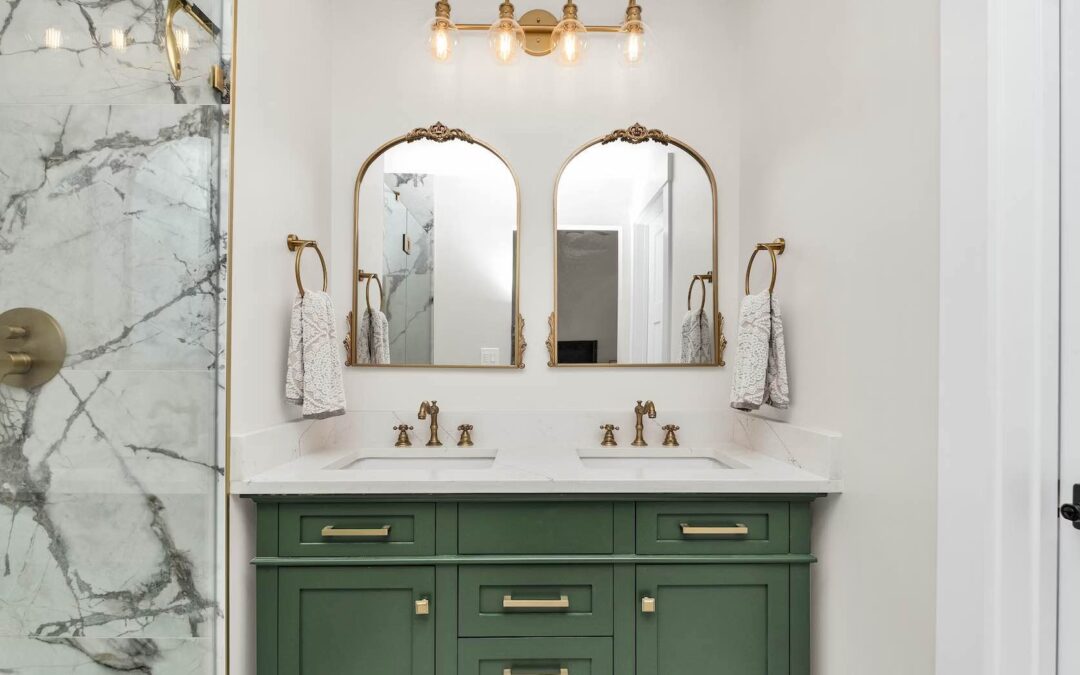Water pressure issues can turn everyday tasks into frustrating ordeals. Whether you’re dealing with feeble showers or slow-filling sinks, low water pressure can disrupt your routine.
However, overcoming this challenge doesn’t have to be an uphill battle. In this article, we will explore creative and effective strategies to boost water pressure in your home. From advanced solutions to simple adjustments, we’re here to help you regain control over your water flow.
Revamp Your Plumbing System
- Check for Leaks: Undetected leaks in your plumbing system can significantly contribute to low water pressure. Regularly inspect your pipes and faucets for signs of leakage and promptly address any issues to restore optimal water pressure.
- Pipe Insulation: Insulating your pipes can prevent heat loss and reduce the risk of condensation, which can lead to corrosion and reduced water pressure. Properly insulated pipes maintain a consistent temperature and promote efficient water flow.
Upgrade Your Fixtures
- High-Efficiency Fixtures: Modern fixtures are designed to deliver powerful water flow while conserving water. Consider replacing your outdated fixtures with high-efficiency models to achieve a balance between pressure and conservation.
- Remove Flow Restrictors: Some fixtures come equipped with flow restrictors to conserve water. While these are environmentally friendly, they can contribute to reduced water pressure. Consult your plumber about removing or adjusting these restrictors if necessary.
Explore Innovative Solutions
- Pressure-Boosting Systems: Pressure-boosting systems utilize pumps to increase water pressure throughout your plumbing system. These systems are particularly beneficial for homes with multiple floors or complex plumbing layouts.
- Pressure-Compensating Valves: Pressure-compensating valves are designed to regulate water pressure and ensure a consistent flow. These valves automatically adjust to variations in water pressure, providing an optimized experience.
Assess Your Water Source
- Water Source Evaluation: If your home relies on well water or alternative water sources, fluctuations in water pressure can be more common. Consulting with a professional can help you understand how the water source impacts pressure and explore suitable solutions.
- Water Main Size: The size of your water main can influence water pressure. If your water main is too narrow to meet your household’s demands, upgrading to a larger size can lead to improved water pressure.
Conclusion
Low water pressure doesn’t have to hinder your daily activities. By implementing these strategies, you can take control of your home’s water flow and enhance your overall experience. From inspecting and upgrading plumbing fixtures to exploring innovative pressure-boosting systems, each step contributes to a more satisfying water usage journey. Empower yourself to overcome water pressure challenges and enjoy the convenience of a well-functioning plumbing system that meets your needs.

